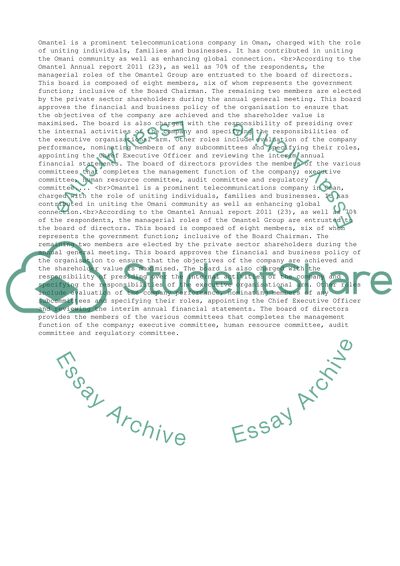Cite this document
(“Human Resource Management Strategy at Omantel Essay”, n.d.)
Retrieved de https://studentshare.org/business/1403468-human-resource-management-strategy-at-omantel
Retrieved de https://studentshare.org/business/1403468-human-resource-management-strategy-at-omantel
(Human Resource Management Strategy at Omantel Essay)
https://studentshare.org/business/1403468-human-resource-management-strategy-at-omantel.
https://studentshare.org/business/1403468-human-resource-management-strategy-at-omantel.
“Human Resource Management Strategy at Omantel Essay”, n.d. https://studentshare.org/business/1403468-human-resource-management-strategy-at-omantel.


